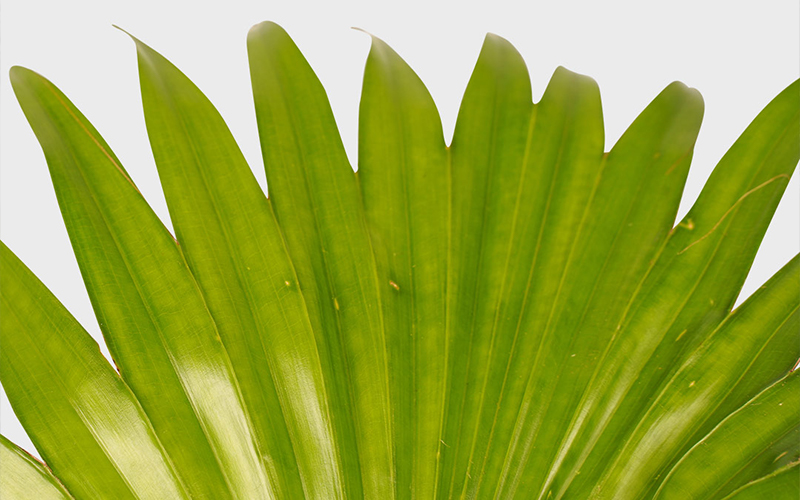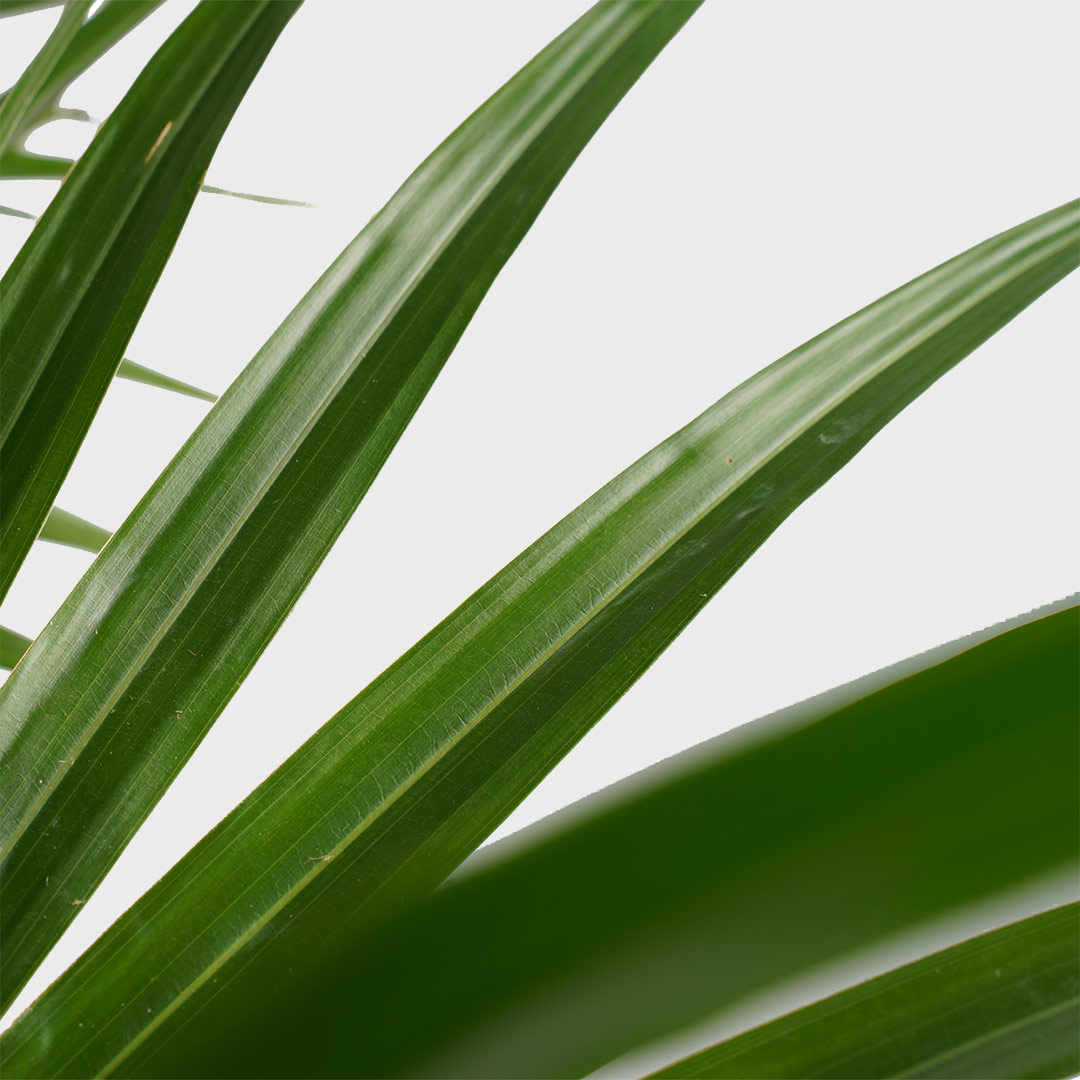
Deliver to
The Netherlands
 English
English

Livistona Rotundifolia is an air-purifying palm, with elegant large, glossy, fan-shaped leaves. The plant is native to South-East Asia. The Livistona owes its nickname to the fact that its leaves grow in a fan-shape.
Medium light
Water every 10 days. In summer every 5 days
Non-Toxic
Air-purifying
The Livistona prefers to grow in a place with plenty of indirect sunlight. Semi-shade is also suitable for the Livistona. Does the plant receives too much light? Then the leaves may burn if the plant receives too much light. As an indoor plant, the Livistona needs a maximum of 3 hours of indirect sunlight.
It is important to always keep the soil of the Livistona slightly moist. You can achieve this by watering once every 5 days. Be careful with the amount of water you give. It is not desired that the plant has wet feet all the time. As soon as it becomes autumn, you can change the frequency of watering to once every 10 days.
It may be a good idea to add plant nutrition once every two weeks during the growing period. However, plant nutrition is certainly not a requirement for the Livistona. We recommend plant nutrition only from spring to the end of summer.
Repotting the Livistona is not necessary every year. However, we do recommend that you buy a larger flowerpot every 2 to 3 years. It is best to choose a flowerpot that is at least 20% larger than its previous one. This will give the Livistona more room to grow and the plant will receive new nutrients. It is always best to repot a plant in the spring. When repotting, roots can be damaged and in spring the plant has the most energy to repair the damage.
The most ideal temperature for a Livistona Rotundifolia, also known as the Round-Leaf Fan Palm, is between 18 and 29 degrees Celsius. It prefers a warm environment with some humidity, but it can tolerate lower temperatures for short periods.
Pruning a Livistona Rotundifolia is not necessary unless there are specific reasons to do so. Occasional pruning can be done to remove dead or yellowed leaves or fronts and maintain the plant's shape. Use clean and sharp pruning tools to make clean cuts and avoid damaging the palm.
The Livistona is not susceptible to diseases and pests. Mourning flies and root rot can always occur, although this is usually due to careless care.

